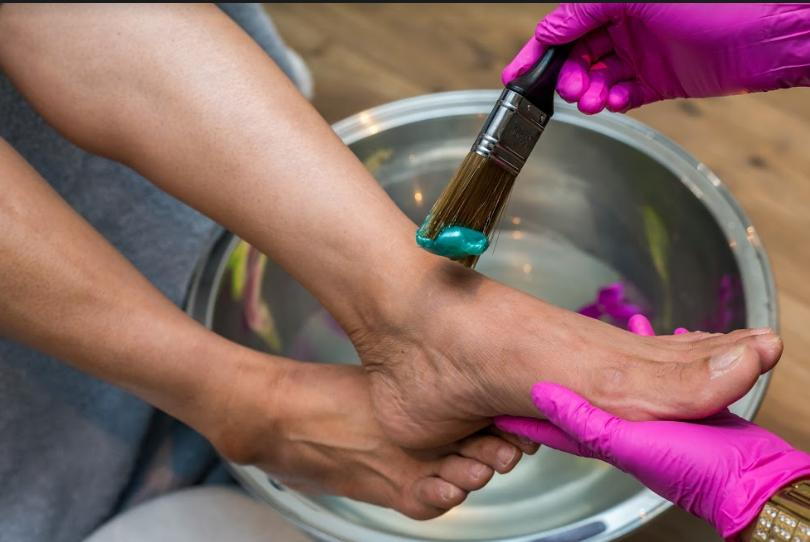Five Diabetic Foot Issues You Should Not Ignore
posted: Jun. 02, 2021.

Five Diabetic Foot Issues You Should Not Ignore
When living with diabetes, it is critical to take care of your extremities, especially your feet.
No matter the type of diabetes, a seemingly minor issue with your feet like a wart or ulcer can quickly escalate to severe gangrene and even amputation issues.
Taking care of your feet starts with identifying potentially severe issues and treating them early before they escalate.
Here are five such diabetic foot issues you should not ignore.
Tingling Pain in the Feet and Hands
If not properly controlled, diabetes can lead to nerve damage in the hands and feet, resulting in a numb, tingling, and sometimes painful sensation. This nerve degeneration is called peripheral or diabetic neuropathy.
Why is this serious?
Diabetic neuropathy often makes it challenging to notice minor injuries or the formation of ulcers, which can go unnoticed until they become gangrenous.
Foot Swelling
Diabetes often causes poor circulation in the feet, resulting in the accumulation of fluids and resultant swelling. If your feet usually swell, it might be a sign that you need to do more to control your blood sugar or that you need to exercise more.
Why is this serious?
Foot swelling can make it difficult for foot injuries to heal. Persistent swelling can also make diabetic neuropathy worse and cause other issues like varicose veins.
Foot Ulcers
Diabetic foot ulcers commonly develop in the high-pressure areas of the feet like the heel and the ball of the foot. Foot specialists believe they are caused by a combination of poor circulation and diabetic neuropathy. If you notice an ulcer in your foot, notify your foot specialist immediately.
Why is this serious?
Diabetic ulcers can easily go unnoticed, especially if you also have peripheral neuropathy. If ingrown toenails form and go untreated, they can quickly become infected.
Ingrown Toenails
Ingrown toenails quickly become infected, especially if left untreated. In diabetes, diabetic neuropathy makes it difficult to notice ingrown nails until they are infected. Regularly inspecting your toes and cutting your toenails straight across is the best way to avoid ingrown toenail infections.
Why is this serious?
Ingrown toenails easily get infected, and the infection can persist and become septic if untreated. Making sure you do not have any ingrown toenails is the best way to avoid infected ingrown toenails.
Persistent Calluses
Calluses form when the skin rubs on the inner surface of tight shoes or is repeatedly exposed to rough surfaces. Although calluses are nothing more than a cosmetic concern for most people, the same cannot be said for people with diabetes.
Why is this serious?
Diabetic calluses are often ignored as a regular part of wear and tear. However, people with diabetes should be cautious as calluses can easily become infected, leading to more severe symptoms.
These five issues are among the most common that affect people with diabetes. A recurring factor among them is they are made more severe by uncontrolled blood sugar. As such, by controlling your sugar, you can drastically reduce the likelihood that any one of them will turn into a severe issue.